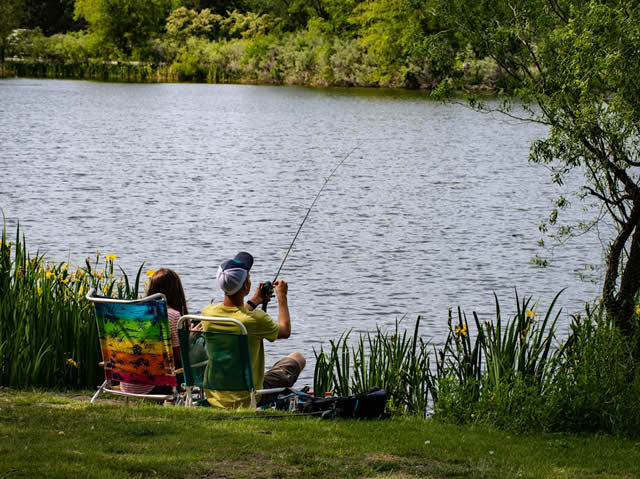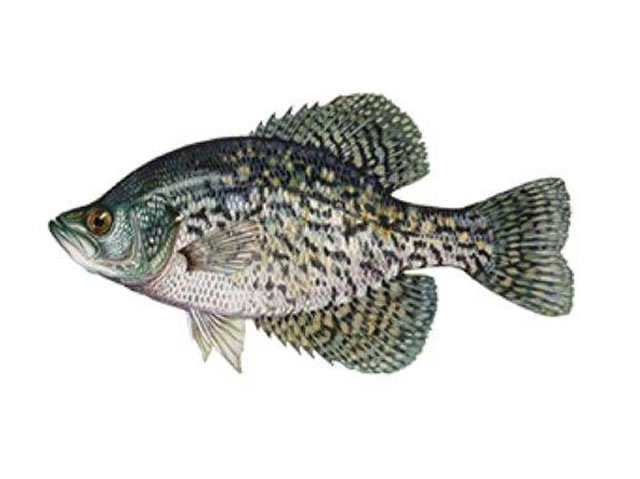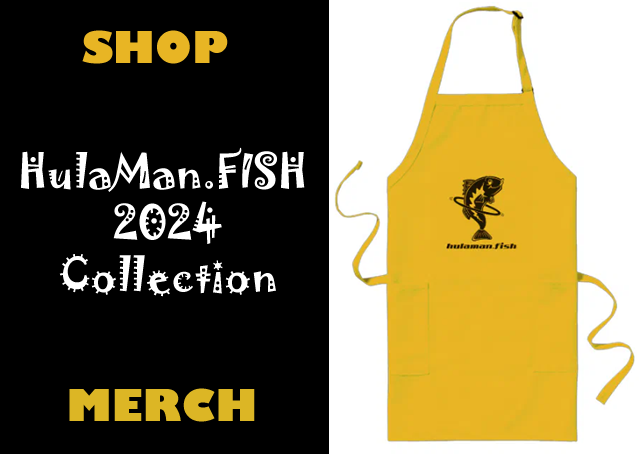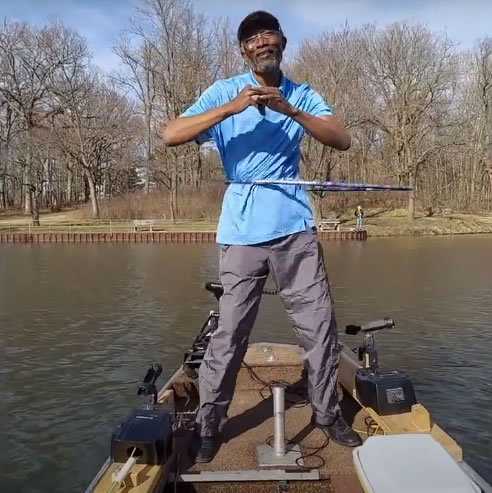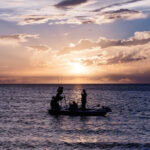In Jesse’s own words…
A day fishing for crappie is a morning to start early anglers of various skill levels know that crappie, known for their elusive nature and delicious taste, are a prized catch in freshwater fishing. Preparation and strategy are key getting the limit of fish for th day. You want to start early in the morning when crappie is most active, often congregating around structures like submerged trees, weed beds, or docks. Using lightweight tackle and sensitive rods can make a significant difference in detecting the obvious bites of these fish.
Selecting the right bait is another crucial aspect of a successful crappie fishing day. Live minnows are a popular choice, but jigs with soft plastic bodies or small spinners can also be highly effective. The color and size of the bait can vary depending on water conditions and the crappie’s feeding habits, so it’s often beneficial to bring a variety of options. Patience and adaptability are essential, as crappie can be finicky and may require adjustments in depth, presentation, or location throughout the day.
Photo credit: Fishermap.org
Learn more about Crappies.
Using Jesse’s own words, we came up with this for content for the website article.
A day spent crappie fishing is not just about catching fish; it’s about honing your skills, enjoying the peaceful early morning hours, and relishing the challenge of outsmarting these elusive freshwater fish. Crappies are known for their delicate, flaky flesh, making them a favorite among anglers and a prized catch for any fishing trip.
Understanding Crappie Behavior and Habitats
Crappie (Pomoxis annularis and Pomoxis nigromaculatus), commonly known as white and black crappie, are freshwater fish often found in lakes, reservoirs, and slow-moving rivers across North America. These fish are known for their unpredictable behavior, often moving from one area to another in search of food and optimal water conditions.
Crappie tend to congregate in schools around underwater structures like submerged trees, weed beds, or docks, where they find shelter and prey. Early mornings and late afternoons are the best times to fish for crappie, as they are most active during these cooler parts of the day.
Essential Tips for a Successful Crappie Fishing Day
- Start Early for Best Results: Crappie are most active in the low-light conditions of early morning. Arriving at your fishing spot before dawn increases your chances of catching them while they are feeding near the surface or around structures.
- Use the Right Equipment: A lightweight rod and reel combo with a sensitive tip is ideal for crappie fishing. These fish have a soft bite, often referred to as a “paper mouth,” so a gentle hookset is essential to avoid tearing the hook out of their delicate mouths.
- Choose Your Bait Wisely: While live minnows are a crappie favorite, jigs with soft plastic bodies, small spinners, or even live worms can be equally effective. The key is to have a variety of baits and to be willing to experiment until you find what the crappie are biting on that day.
- Understand Bait Color and Size: Crappie can be finicky eaters, and their preferences can change based on water clarity and weather conditions. Bright-colored baits like chartreuse or pink can be effective in murky waters, while more natural colors work well in clear water. Keep a selection of different sizes and colors to adapt to changing conditions.
- Patience and Adaptability Are Key: Crappie fishing requires a mix of patience and quick decision-making. If you’re not getting bites, don’t be afraid to change your location, adjust your bait, or vary your presentation. Crappies can change their feeding patterns throughout the day, so staying flexible is essential.
Pro Techniques for Landing More Crappie
- Vertical Jigging: This technique involves dropping your bait straight down and slowly raising and lowering it in the water column. Vertical jigging is particularly effective when fishing around structures where crappie tend to gather.
- Spider Rigging: A favorite among crappie enthusiasts, spider rigging involves using multiple rods at once, each set at different depths. This technique covers more water and increases your chances of locating a school of crappie.
- Slow Trolling: Move slowly with your boat while dragging multiple lines with different baits behind you. This method is excellent for covering large areas of water and finding crappie schools.
Cooking Crappie: A Delicious Reward
Once you’ve caught your limit, it’s time to enjoy the fruits of your labor with a delicious crappie meal. Crappie are known for their mild, flaky white flesh, making them perfect for frying, grilling, or baking. Here’s a simple recipe to get you started:
- Clean Your Fish: Begin by scaling and gutting your crappie. Rinse them thoroughly in cold water.
- Prepare the Batter: For a classic crispy fry, use a mix of cornmeal, flour, salt, and pepper. Dredge your crappie fillets in the mixture until they are fully coated.
- Fry Until Golden: Heat oil in a skillet or deep fryer to 350°F. Fry the crappie fillets for 3-4 minutes on each side, or until they are golden brown and crispy.
- Serve with a Side of Tartar Sauce: For a perfect meal, pair your fried crappie with tartar sauce, coleslaw, and a wedge of lemon. Enjoy your delicious catch of the day!
With these tips and techniques, you’ll be well on your way to becoming a crappie fishing expert. Whether you’re a seasoned angler or a beginner, crappie fishing offers an exciting challenge and a delicious reward at the end of the day.

